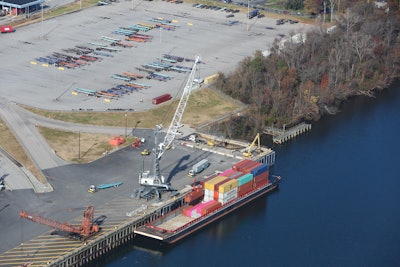
Whilst many storm events are considered geographically seasonal, global supply chain as a whole must take adequate steps to prepare for isolated severe weather events, especially since the maritime mode, for example, accounted for 65% of reported claims, according to TT Club.
“The associated losses of such incidents can be far reaching; water is unforgiving and has the ability to penetrate and cause significant damage. Flood water is inevitably dirty, increasing damage and in many instances creating health challenging situations. Extreme weather events can be challenging to predict, but operators of warehouses, terminals and port areas need to keep ‘fresh’ their assessment of the changing risk profile in relation to climate experience,” says TT Club’s risk management director, Peregrine Storrs-Fox.
From TT Club:
- Inland operations suffered damage caused by extreme weather in 32% of cases.
- Locations near a coast are more susceptible to weather-related incidents (68% of cases) with 16% of claims involved heavy rainfall causing flooding.
- Property damage through strong winds and microbursts featured in 74% of weather-related claims through the period.
- The maritime mode accounted for 65% of reported claims. This in part explained by the length of time cargo is in transit and exposed to variable climatic zones.
- Road transit ranked as the second most prominent mode at 14%.
- Wet damage while in storage accounted for 13% of reported claims; 31% of these as a result of flooding.
“Climatic change is a fact of life, as such risk assessment exercises by supply chain stakeholders must necessarily take account of extreme weather events, as unpredictable as they may be. However, sensible operational measures and the employment of best practice procedures pertinent to individual organizations’ functions will go a long way toward avoiding disastrous consequences when the next rainstorm hits,” Storrs-Fox says.



















